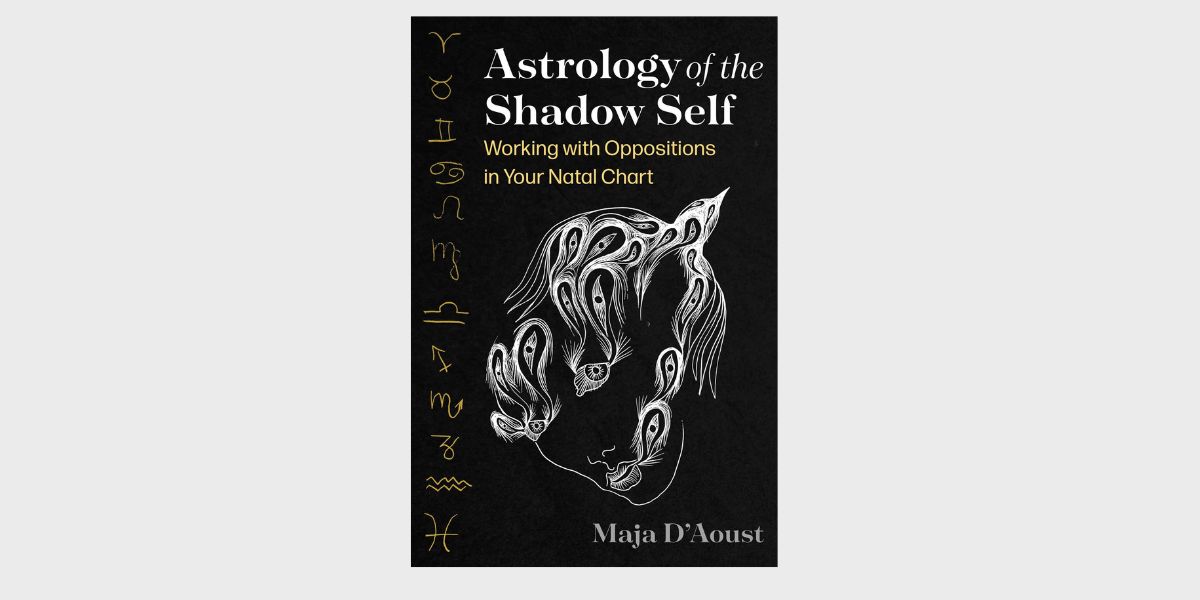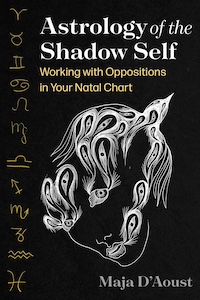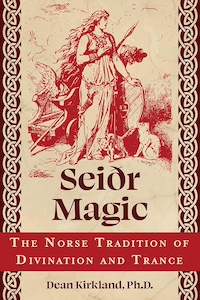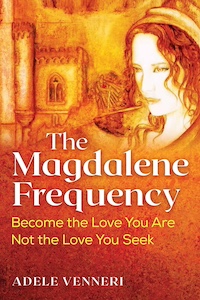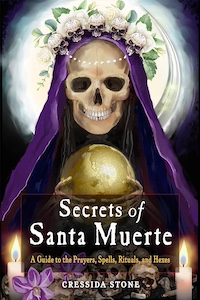
Sacred Geometry in Ancient Goddess Cultures: The Divine Science of the Female Priesthood, by Richard Heath
Inner Traditions, 1644116553, 256 pages, March 2024
Sacred geometry, the divine language of geometric patterns, numbers, and shapes found throughout the natural world, has long been revered as a key to understanding the universe and our place within it. At the heart of this mystical tradition lies the belief that these geometric codes and patterns are fundamental to the creation and structure of the cosmos, embodying the unity between the physical and spiritual realms. Sacred Geometry in Ancient Goddess Cultures: The Divine Science of the Female Priesthood by Richard Heath embarks on an exploratory journey into the sacred geometry origins within ancient goddess cultures, unveiling the profound spiritual wisdom and technological sophistication these societies possessed that has been lost in modern times.
Heath begins by teaching readers about the origins of megaliths in the Mesolithic cultures, “people of the Middle Stone Age”1 who lived in matrilineal societies, in order “to study astronomical time.”2 He challenges the idea that it was Neolithic societies that created megalith in western Europe, noting how they “would have been completely preoccupied with finding and farming good enough land to feed their families.”3 IHe asserts the archaeological timeline and history point towards self-sufficient matriarchal tribes that were already established through self-sufficient foraging.
Heath delves into the symbolic significance of geometric patterns and shapes found in artifacts, monuments, and architectural designs from these ancient civilizations, noting that these geometrical designs were not merely decorative but held deep spiritual meanings and were integral to the daily practices and celestial worldviews of these societies. Heath writes, “Where megalithic art has survived, it is congruent with the art of the goddess in general.”4 He then traces the path of this sacred geometry wisdom passing from the megaliths Gobekli Tepe in Turkey to those in the southern Mediterranean island of Malta to the maritime culture of Crete, drawing the “conclusion that the matrilineal tribes build the Mediterranean megaliths and –extrapolating from that–the Atlantic megaliths, too.5
Through the book there is lots of discussion about the role of women in these ancient societies, suggesting that the reverence for the goddess figure and the use of sacred geometry in rituals and art reflect a societal recognition of the importance of women and the feminine principle in the creation and maintenance of life, most notably through a focus on birth and fertility rituals. Heath’s work invites readers to reconsider the significance of sacred geometry in these ancient civilizations, seeing it not just as a mathematical curiosity of the Pythagorean, Ptolemaic, and Platonic traditions, which have come to dominate in the realm of sacred geometry, but as a vital component of spiritual practice and cultural identity of these earlier goddess-centered cultures too.
As readers, we need to change our vantage point to better understand how sacred geometry evolved from these cultures, and Heath does a wonderful job explaining how the world would have been seen from these ancient cultures. From pointing out that Mesolithic astronomers wouldn’t have used decimals but still relied on factorization to their focus on whole-number numeracy, readers gain insight into the mathematical mindset that was used to build their society’s megaliths to monuments. There’s a lot of nuances to understand, yet Heath moves slow enough for readers to gain a comprehensive understanding of how geometry and astronomy came together to create calculated celestial patterns that were then mirrored in the landscape.
“Using horizon astronomy, prehistory could only hope to measure average time periods between repeated celestial events. In contrast, natural science and physics has developed instrumentalities, such as the degree circle and telescope, to directly measure angels in the sky without using horizon astronomy and its limits to gain data only at those limited moments when the Sun or Moon rose or set. This has made modern science blind to how the average periodicities uniquely express significant patterns such as the Fibonacci golden mean ratios or the musical intervals between celestial periods.”6
In particular, I enjoyed reading about how the mysteries of numbers and sacred geometry shifted from goddess-centered to focused on a biblical god, as up until now I’ve mostly studied “modern” sacred geometry. Heath writes, “Modern sacred geometry discounted numbers-as-length, perhaps because arithmetic was a different department to the traditional arts. In a 3-4-5 triangle, numbers-as-lengths are sublimated through the abstract numbers and are often given in the center of each line. This shows us what number symbols are-an intensive magnitude rather than an extensive length.”7
He cover topics the Neolithic origins of the Bible, numerological calculations of Easter, sacred geometry of Roman and Orthodox churches, the Chaldean model, and how these calculations have evolved into dominant belief systems. Yet there’s so much history hidden in the ancient past, which has been carefully revived by Heath in this book, that reveals the secrets needed to restore balance once again. There’s a lot to take in, and this is definitely a book someone could take months to integrate.
“The heliocentric and geocentric models of the planetary system were two views of the same phenomenon, but the heliocentric was taken to be the only adequate view of reality, and, because of that, the spiritual view connecting the Earth to the cosmos was rejected by the recently civilized mind. This shut down the meaning of spirituality for the vast majority, who instead serviced desires for economic growth and an improved standard of living.”8
Might we need to rediscover these ancient hidden truths of the natural world in order to make necessary changes in the modern area? Seems like it is a good start!
Overall, through a rich tapestry of historical accounts, archaeological findings, and theoretical insights, Sacred Geometry in Ancient Goddess Cultures reconnects modern readers with the ancient wisdom of overlooked matriarchal cultures, offering a new perspective on the origins of sacred geometry. By understanding the principles and practices of ancient goddess cultures, readers are invited on a transformative journey to rediscover the sacredness embedded in the astronomical patterns, once revered by these societies, encouraging a deeper connection with the natural world from this ancient perspective. This exploration not only pays homage to the visionary women of these ancient societies but also illuminates a path toward spiritual harmony with the cosmos, guided by the enduring legacy of sacred geometry, to create a better aligned future for humanity’s development.
For those interested in learning more about these topics, Heath’s areas of research include sacred geometry, megalithic astronomy, and cosmology. His previous works are Sacred Number and the Origins of Civilization, The Harmonic Origins of the World, Sacred Number and the Lords of Time, Matrix of Creation, Precessional Time and the Evolution of Consciousness, and Sacred Geometry: Language of the Angels. You can learn more about him on his website.
Alanna Kali is an astrologer, numerologist, and pioneer spirit that loves to explore life through the lens of depth psychology. She has a passion for studying the humanities and social trends. Her academic work is centered upon reuniting body, mind, and spirit through eco-psychology. She loves reading, spending time in nature, and travel.

